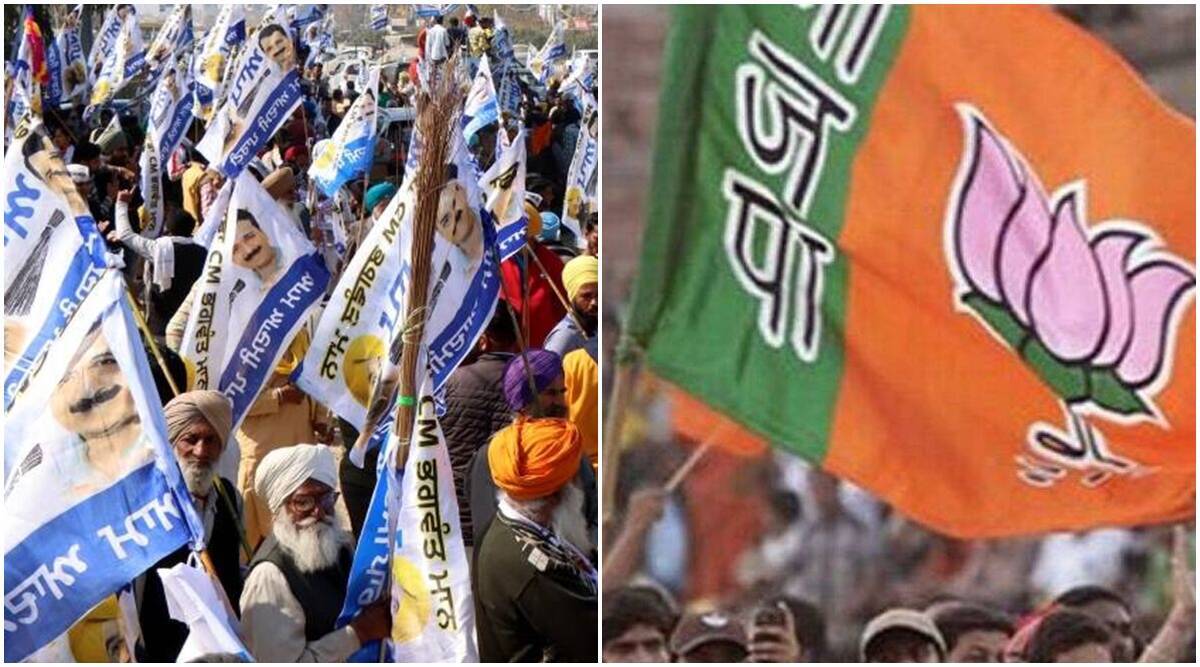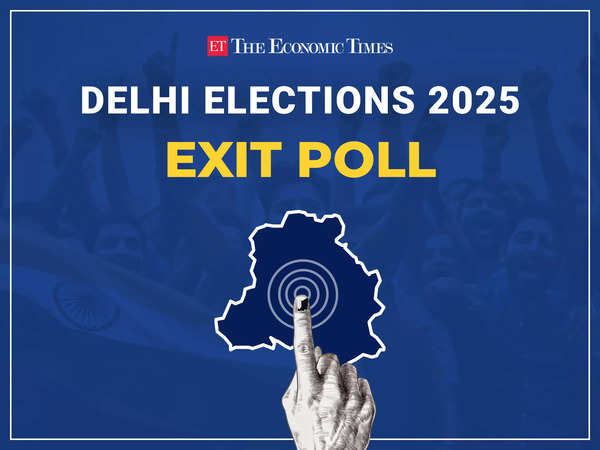
Exit polls following the Delhi assembly elections have sparked a significant divide between political parties, with the Bharatiya Janata Party expressing confidence in their success, while the Aam Aadmi Party vehemently rejects the predictions. As results begin to emerge, both sides are intensifying their claims, shaping the tone of the ongoing political discourse in the region.
The BJP’s optimistic outlook comes after the exit polls indicated a strong performance for the party, with predictions suggesting that it may secure a comfortable majority in the Delhi Assembly. BJP leaders have embraced these forecasts, declaring that the people of Delhi are rallying behind their leadership. “The lotus will bloom once again,” said a senior BJP official, referencing the party’s symbol, and underlining their belief that their development agenda and governance style have resonated with voters.
Despite these positive reports for the BJP, the AAP is quick to challenge the exit poll findings, asserting that they are unreliable and based on inaccurate assumptions. The AAP, which has governed Delhi for several years, claims that the exit polls do not accurately reflect the mood of the electorate, particularly in light of the party’s extensive ground-level campaign. The party’s leaders argue that their track record of addressing local issues, such as education, healthcare, and power supply, will be more decisive than any exit poll projection.
According to the exit poll results, the BJP is predicted to secure a higher number of seats, with some polls suggesting a clear majority, while others predict a tight race. The AAP, however, believes that these predictions fail to capture the full extent of their support base. Senior AAP leaders have emphasised that their party’s policies, particularly in the education and health sectors, have won over many voters, and they remain confident about their chances despite the projections.
While the BJP’s confidence remains high, it is crucial to acknowledge the unpredictable nature of exit polls, which have often proven to be inaccurate in past elections. Experts have highlighted that exit polls can sometimes oversimplify the complexity of voter sentiment, with various factors influencing the final outcome. These factors include last-minute shifts in voter preferences, polling errors, and the sampling methods employed.
One key element of the election results is the role of urban voters in Delhi, many of whom are expected to have cast their ballots in favour of the AAP due to the party’s focus on city-level issues. On the other hand, the BJP has made significant strides in engaging with rural constituencies, where its message of national security and economic development has resonated more strongly. This contrast in campaigning strategies has added a layer of complexity to the exit poll predictions.
The outcome of this election will have significant implications for both the BJP and the AAP. For the BJP, a victory in Delhi would mark a significant political win in a state that has traditionally been a stronghold for the AAP. For the AAP, maintaining power in Delhi would solidify its position as a major regional player and bolster its credentials as an alternative to the national parties.
As the counting of votes progresses, both parties are gearing up for the final results, which will either validate the exit poll predictions or disrupt them. The BJP is likely to remain confident until the final tally, while the AAP will continue to challenge the exit poll predictions, hoping for a favourable outcome that will validate their claims of popular support.
The election has also underscored the growing importance of Delhi as a battleground for national politics. As the capital city, Delhi plays a crucial role in shaping the political narrative across India, and the outcome of these elections will likely influence broader political strategies ahead of future national elections.




 Sheikh Hasina Calls for Resistance Against Interim Government
Sheikh Hasina Calls for Resistance Against Interim Government 